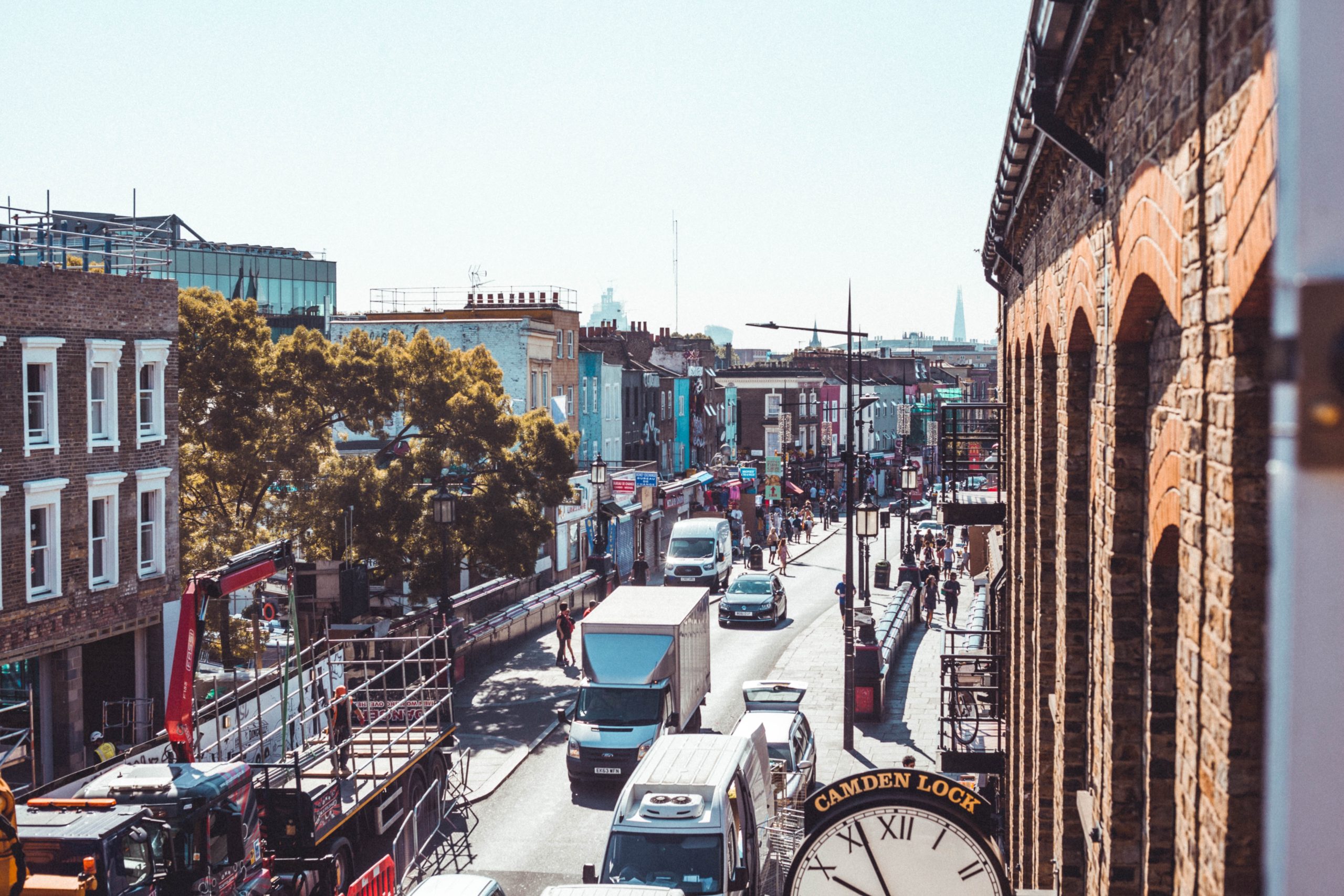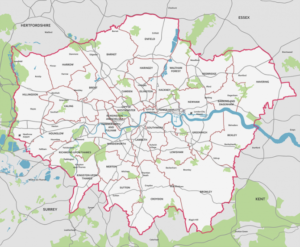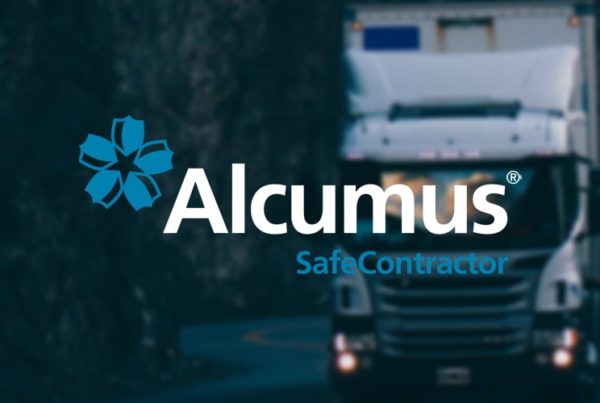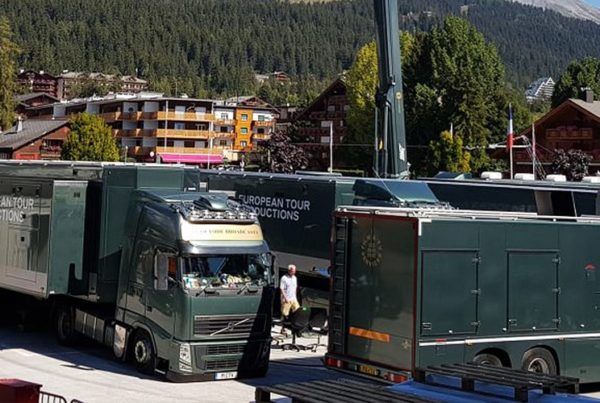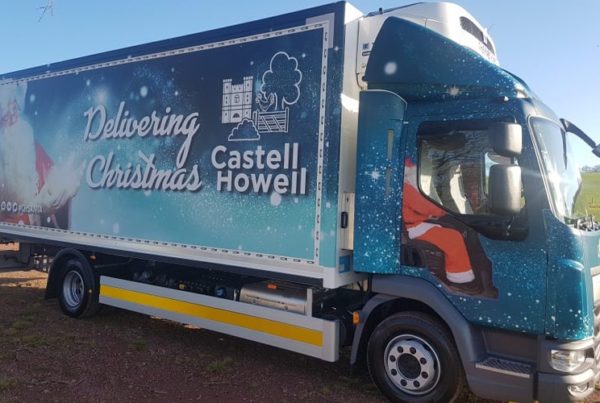The Direct Vision Standard is a piece of new legislation put forward by Transport for London, and the Mayor of London, Sadiq Khan. The standard will impact HGVs, trucks, and lorries operating in the Greater London area, should they weigh over 12 tonnes. The legislation comes into effect on the 1st of October 2020. So, the industry and companies with haulage vehicles have just shy of nine months to get ready.
Working with vehicle manufacturers TfL, Loughborough University and other regulatory bodies have created a ranking system. Depending on the amount of direct vision (vision without the support of technological visual aids) the driver has from the cab, vehicles get a star rating from zero to five. From this star rating TfL will supply the permits. Within the controlled zone, HGVs must have a permit to show their vehicle meets the new safety standards.
To receive a permit the vehicle needs a rating of at least one star. Vehicles falling short of this will be banned from operating in greater London. From 2024 the threshold for a permit will increase to three stars, impacting 188,000 HGVs operating in London. At peak times, they make up one third of the area’s traffic.
Click here to download our Free DVS guide for operators entering London.
How to get a DVS permit
You can apply for a DVS permit by completing an application on the TfL website. At the moment applying for a permit is completely free. Following your submission, you will receive an email with the result of your application and if you need to take further steps.
The first step is to contact the manufacturer of your vehicle to get its DVS star rating. You must supply them with a chassis number (VIN). From there, you can apply for a permit. If your vehicle has a star rating of 1 or above, you shouldn’t need to make any safety adjustments and you’ll be able to enter London penalty free. You also won’t need to provide TfL with any evidence of your vehicle’s safety standards.
Don’t worry if you are the one in charge of a large fleet needing permits, you can submit an application for multiple vehicles (up to 3,000 vehicles) in one go. Download the CSV template, fill in your fleet’s information and supply the appropriate evidence. TfL will then look at a percentage of your fleet and grant a permit for all on trust in a confirmation email should the ones they look at be compliant.
Operating in London after October without a safety permit could land you with a fine of up to £550. The same rules apply for international companies and vehicles with left-hand drive.
What if your HGV is rated zero for DVS?
If your HGV has a rating of zero for its direct vision, you will need to make some on-board safety improvements. Audible and visual aids can bring your vehicle up the rating ladder to meet the new protocol. This technology will better your driver’s indirect vision (vision from mirrors and cameras) to secure you a permit. In addition to this you will improve the overall safety of your fleet, operator, and other road users in London.
Transport for London have made some initial estimates on the level of compliance across construction HGVs entering London, including NG3 off-road tippers, and suggest around three-quarters of the vehicles will not meet the new standards.
HGV mirrors & CCTV cameras:
- Class V and VI mirrors
- For tractor units a near-side camera
- A near-side camera and reverse camera
- An in-cab monitoring screen for the operator
HGV sensors & alarms:
- A near-side blind spot sensor system
- A near-side external audible alarm
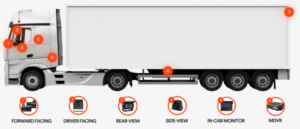 It is also recommended that HGVs have safety signage around the vehicle to highlight blind spots and other important information. At the moment trailer cameras are not required. However, this may well change as the standard is increased in 2024. TfL have provided a HGV Safety Permit guidebook to help the industry tackle these safety alterations.
It is also recommended that HGVs have safety signage around the vehicle to highlight blind spots and other important information. At the moment trailer cameras are not required. However, this may well change as the standard is increased in 2024. TfL have provided a HGV Safety Permit guidebook to help the industry tackle these safety alterations.
Once you have installed the required safety systems on your vehicle, you will need to submit some pictures as evidence to TfL. Their website provides some examples of what your evidence photos should look like, but in a nutshell the pictures should be a high-quality, and clearly show your new safety equipment and license plate.
Managing your safety permit post-October 2020
You will not receive a physical copy of your permit following the legislation’s ‘go live’ date. Everything is electronic, and automatic license plate recognition cameras will pick up your vehicle ensuring you are compliant entering London.
To remain compliant, particularly if your vehicle is below a 3-star rating, you will need to keep TfL informed of any changes made to your vehicle with an enquiry form. Including new safety measures, a change of owner, a change of license plate, or if you come to sell the vehicle.
Why is the Direct Vision Standard being implemented?
Sadiq Khan has a vision that the DVS initiative will support the overall goal to eradicate cyclist and pedestrian fatalities. The mayor has adopted a vision zero approach to ensure the streets of London have safe speeds, safe street design, safe driving behaviour and safe vehicles.
He also aims to reduce serious harm and injury caused by HGVs. Unfortunately, a large number are involved in cyclist fatalities on London’s roads (63% in 2015-17). By preventing unsafe HGV vehicles from entering London, hopefully TfL will see this number decrease.
Improvement in the operator’s vision from the cab is a key element to ensure this strategy works. Many are aware of the visibility restrictions from large goods vehicles. So, introducing quality technological supports for operators could elevate general road safety. Furthermore, should the new legislation come into effect in other large cities it may push the industry to review and optimise all its existing safety measures.
Oops! We could not locate your form.


